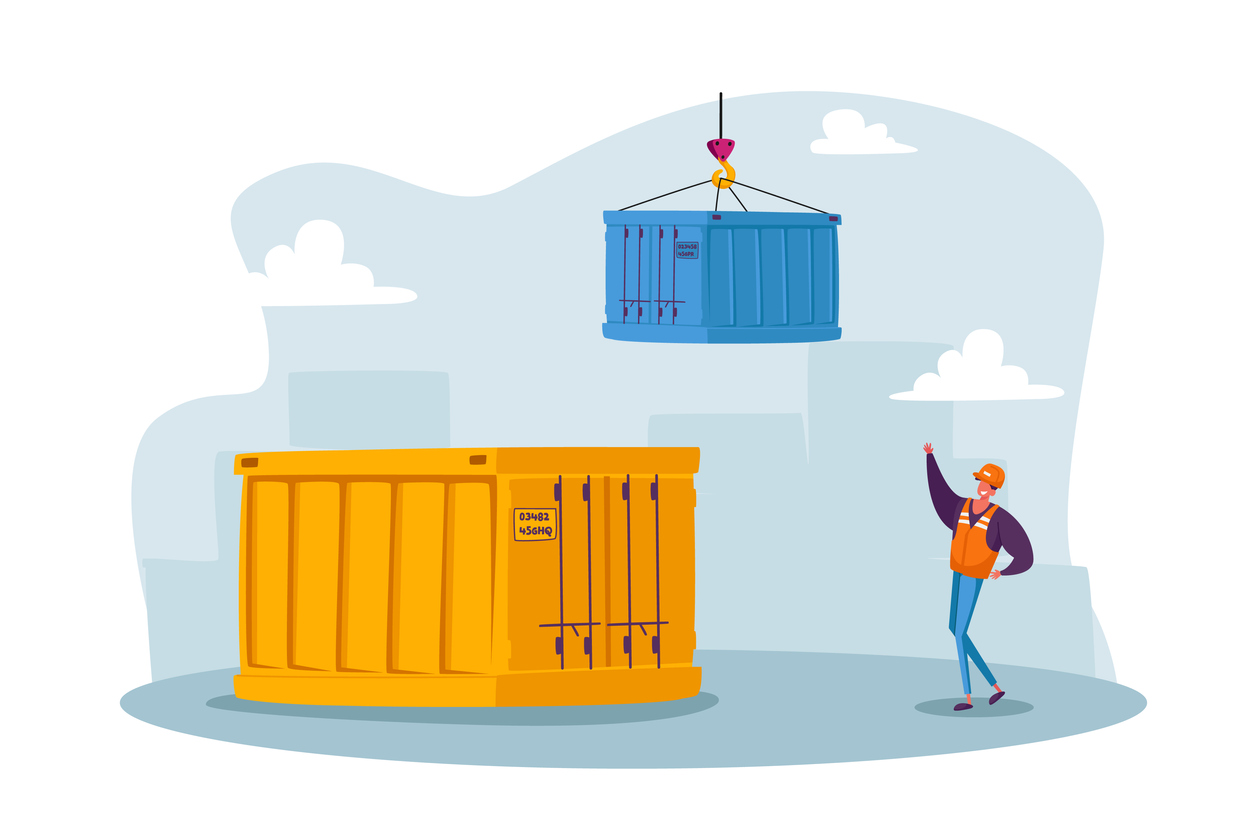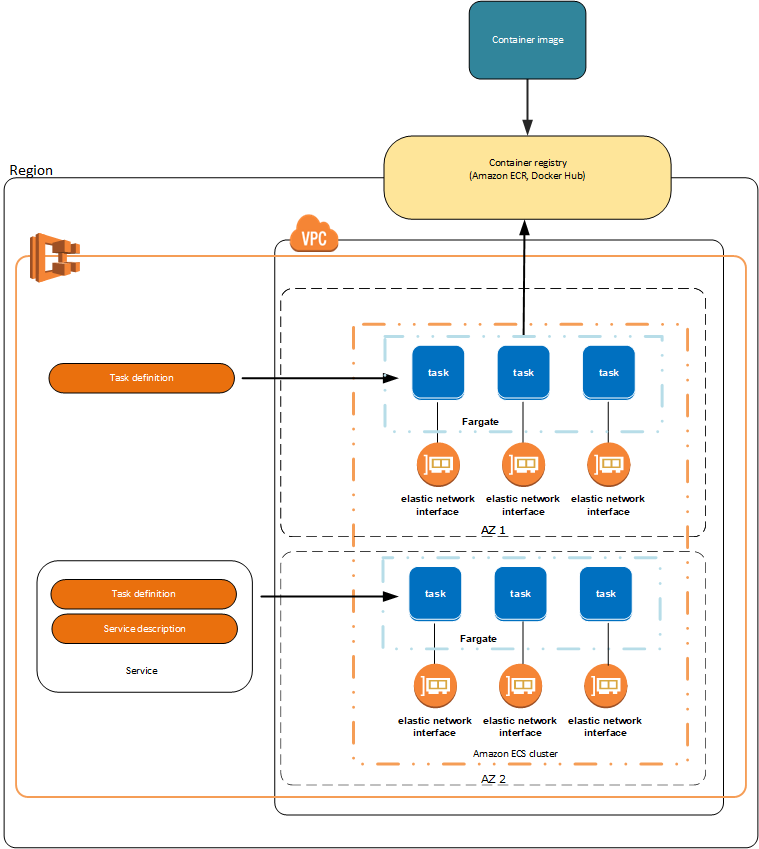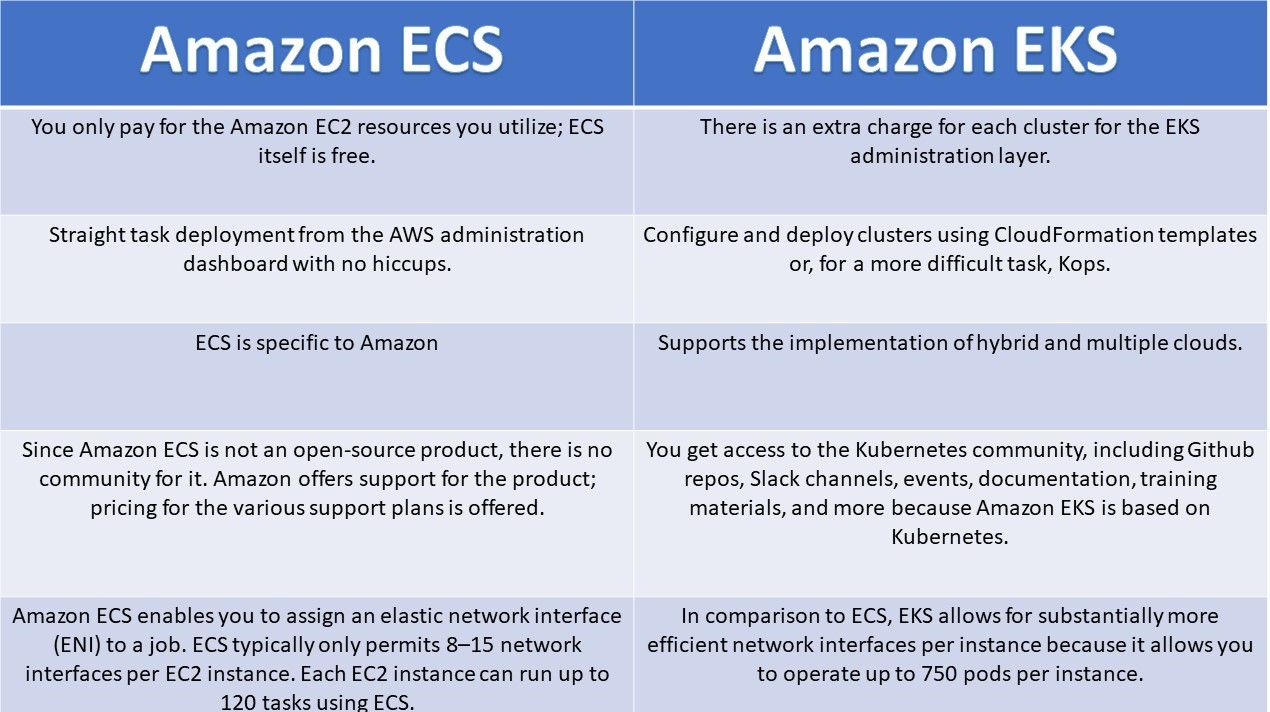This article was published as a part of the Data Science Blogathon.
Introduction
We may have heard much about using Containers in IT, especially in Cloud environments. But what exactly are these containers? In the field of information technology, a container is like a typical container you could encounter in daily life. It only holds objects. Simply put, a container is something I can stuff things into. I can place all my configuration files, packages, dependencies, code, and applications within a container. After that, I can pick up this container and take it wherever I like. I can run it in development, production, or staging, and I get the same environment every time. And the reason is that this container’s contents remain unchanged regardless of the environment. It is, therefore, essentially a portable device. A container is simply a convenient mechanism for me to standardize everything I need to operate my application.
The guest operating system’s duplication of resources across all the VMs is the fundamental reason containers should be considered. I can save time by not having to duplicate anything with the container. So, there is a lot of additional fluff there instead of not having to develop numerous operating systems repeatedly and duplicating everything that doesn’t matter to my application because, let’s face it, we never utilize anything in that operating system for every single deployment. I’ll be able to reduce that using this container. Only that application and the necessary libraries, packages, and configuration files are included.
In a real sense, it’s like I’m making my tiny microenvironment, complete with everything I require.
In this article, we will learn about one of AWS’s most important container services, i.e., AWS ECS.

Source: lemono
What is Amazon Elastic Container Service (ECS)?
Developers can execute applications in the cloud using Amazon Elastic Container Service (ECS), a cloud computing service offered by Amazon Web Services (AWS), without needing to set up a specific environment for the code to run in. Application program interface (API) calls. Task definitions enable developers with AWS accounts to install and manage scalable applications that run on groups of computers, known as clusters. Accessible via the AWS Management Console and software development kits, Amazon ECS is a scalable service (SDKs).
Developers may use Docker containers with Amazon ECS to conduct various tasks, from hosting a straightforward website to managing intricate, distributed microservices that demand thousands of containers. ECS analyses and tracks CPU and memory output to choose the best container deployment. Customers of AWS can use the service to upgrade or scale down containers. For even more flexibility, AWS Elastic Load Balancing (ELB), Elastic Block Store (EBS) volumes, and Identity and Access Management (IAM) roles are supported.
In response to the growing popularity of containerization, Amazon created ECS. ECS, which runs on top of a host operating system, enables a developer to specify rules for isolated groupings of EC2 instances that improve portability and compute speed (OS). Docker is an open-source Linux container service that ECS supports.
Launch Types in AWS ECS:
There are 2 launch types used to run our containers in ECS. They are:
1. Fargate Launch Type:
This is a pay-as-you-go serverless choice. Without having to manage your infrastructure, you can run containers.
2. EC2 Launch Type:
To run your containers, configure and deploy EC2 instances in your cluster.
The below table shows the cases in when to use which type of launch type:
|
Fargate Launch Type |
EC2 Launch Type |
| Large workloads that should be reduced in overhead | Workloads that constantly demand a lot of CPU cores and memory |
| Small workloads with sporadic bursts | Large workloads that require price optimization |
| Tiny workloads | Your programs must have access to persistent storage. |
| Batches of tasks | Manage your infrastructure yourself. |
The Architecture of AWS ECS

Source: AWS
AWS ECS architecture has 6 major elements involved in it. These 6 elements are created for using AWS ECS services. Below are the elements involved in the architecture:
1. Task Definition:
This blueprint represents your application and specifies which Docker containers to run. It would be two containers in our scenario. It would include information about the pictures to use, how the containers should communicate, how much CPU and RAM should be allocated, and more.
ECS task definitions can be used to define almost any Docker command that can be run from the command line. These parameters can be used, for instance, to specify the containers to run, the ports to open, the data volumes to use, the networking mode for Docker, and the Identity and Access Management (IAM) roles.
2. Task:
An instance of a task definition executing in a cluster is a task. The number of tasks to execute on your cluster can be specified once you build a task specification for your application in Amazon ECS. A Task Definition instance that is running the containers listed in it. One Task Definition can generate as many Tasks as the demand warrants.
Tasks are organized into clusters by the Amazon ECS Task Scheduler.
3. Service:
Defines autoscaling, load balancing, and the minimum and maximum number of Tasks that can be executed concurrently from a single Task Definition. In our example, if the CPU was already at its maximum capacity due to the one task we had running, we could want it to add another Task. However, given that we know that executing extra Tasks consumes extra resources, which costs money, we might wish to restrict the number of Tasks it can do at a time.
4. Cluster:
A logical collection of services, each made up of one or more tasks, is an Amazon ECS cluster. A default cluster is generated when you use Amazon ECS for the first time. You can add more clusters to your account for resource isolation for various workloads or projects. The two options are running cluster resources on EC2 instances or through Amazon Fargate.
A Cluster can run many Services. If your product includes several apps, you might want to cluster several of them together. This lowers setup time and more effectively utilizes the resources at hand.
5. Container Instance:
This is an EC2 instance running the ECS Container Agent in addition to Docker. A single Container Instance may execute many Tasks from the same or distinct Services.
6. Container Agent:
Every container instance in an Amazon ECS cluster executes the container agent. The agent notifies Amazon ECS of the tasks currently in progress and the resource usage. Amazon ECS can use the agent to start and halt tasks as necessary.
Features of AWS ECS
With the help of Amazon ECS’s strong features, developers can advance from operating a single Docker container to overseeing the complete business application portfolio.
Some of the features are listed below:
· Docker Integration:
AWS users can manage Docker containers across clusters of Amazon EC2 instances since Amazon ECS supports Docker. Each EC2 instance launches a Docker daemon in a cluster. Without modifying, it can deploy and run any application packed as a container locally on Amazon ECS.
· Load Balancing:
Developers may spread traffic among containers thanks to integration with the AWS ELB. The Amazon ECS scheduler automatically adds and removes containers using the ELB when they define the Task Definition and ELB to utilize.
· Security:
Identity, Security, and Management are integrated with Amazon ECS to facilitate quick developer production cycles. Developers can provide rights for each container, giving them a high isolation level while constructing applications.
· Monitoring:
The clusters and containers both have monitoring capabilities. Amazon CloudWatch can monitor the average and aggregate CPU and memory usage of active jobs grouped by Task Definition, service, or cluster. Additionally, developers can be notified by CloudWatch alarms anytime a container or cluster must be scaled up or down.
· Cluster management:
For the developer, Amazon ECS manages every phase of cluster management. This often includes creating the architecture, controlling the availability and scalability of each system, and installing, running, and scaling monitoring solutions, configuration management systems, and cluster management software. The developer only needs to launch a cluster of container instances using Amazon ECS and specify the tasks they should complete.
· Logs:
Sending the ECS agent logs and Docker container logs from each container instance to Amazon CloudWatch logs will make it easier to diagnose problems. All calls to the Amazon ECS API can be logged, and the user will receive the log files using AWS CloudTrail.
· Recovery:
The Amazon ECS service scheduler automatically recovers unhealthy containers. This guarantees that the required number of containers constantly supports the application.
· Networking:
Developers have control over how the containers interact with other services and outside traffic thanks to Amazon ECS’ support for Docker networking and connection with Amazon Virtual Private Cloud (Amazon VPC).
Advantages of using AWS ECS
Amazon ECS assists system administrators and managers by streamlining disaster recovery and on-demand scalability through automated deployment and rollback options. It is advantageous for several reasons.
· Availability:
ECS is in charge of upholding application availability and assisting you in scaling up or down as necessary to meet capacity demands.
· Cost efficient:
Scheduling many containers on the same node saves a lot of costs.
· Security:
ECS and Amazon ECR work together to give the best application security.
· Easy deployment:
By handling these duties, ECS eliminates the need to set up and manage the infrastructure of Kubernetes clusters.
· Scheduling:
Allow you to schedule batch operations, services, and applications.
· Integration with other services:
Users can execute a range of containerized apps and services with the help of Amazon ECS’ integration with other AWS services like Amazon ECR and AWS ELB.
· Compatibility:
The container-based pipeline removes potential problems that deployments behave differently in diverse contexts.
Use Cases of AWS ECS
Below are some of the use cases for AWS ECS:
· By offering native integration to AWS and enabling continuous integration and continuous deployment (CI/CD) pipelines, Amazon ECS supports the operation of microservices applications.
· Additionally, batch processing, planning, and scheduling are supported by Amazon ECS across the entire spectrum of AWS services, including Amazon EC2, Amazon EC2 Spot Instances, and Fargate.
· Amazon ECS simplifies containerizing machine learning (ML) models for training and inference. Loosely connected, distributed services installed on various platforms or close to the data being processed by the application can be used to build ML models.
· Without requiring code modifications, legacy corporate apps can be feasibly containerized and moved to Amazon ECS.
· Linux virtual machines (VMs), also known as instances, can be created and run on the cloud using the Amazon Elastic Compute Cloud (Amazon EC2) web service. Developers can create rules for the segregated groups of EC2 instances that run on top of a host operating system to improve compute performance and portability.
AWS ECS VS EKS
You may operate Kubernetes on Amazon Web Services (AWS) as a managed service while maintaining compatibility with the open-source K8s project thanks to Amazon Elastic Kubernetes Service (EKS). The Kubernetes control plane is set up and managed for you by the EKS service. Your container-based applications’ deployment, scalability, and management are automated with Kubernetes.
Below image shows the difference between ECS and EKS:

Conclusion
By removing the requirement for you to install, run, and expand your cluster management infrastructure, Amazon ECS makes it simple to use containers as a building block for your applications. You can use Docker containers to schedule batch operations, services, and long-running applications using Amazon ECS. You can Scale your containers up or down to suit your application’s capacity needs using Amazon ECS, which also maintains application availability. Elastic Load Balancing, EBS volumes, Amazon Virtual Private Cloud (VPC), and IAM are all incorporated with Amazon ECS. You can link Amazon ECS to your current software delivery process or integrate and use your schedulers with the help of simple APIs.
Some of the key points of AWS ECS are:
- Used when users want to use containers in AWS
- No need to create an environment manually as it provides a kind of micro-environment
- It can be used for any type of workload, i.e., from small to large workloads
- It can be integrated with other AWS services.
The media shown in this article is not owned by Analytics Vidhya and is used at the Author’s discretion.





